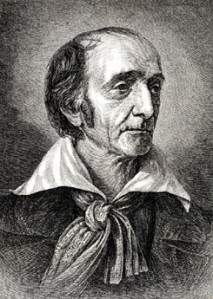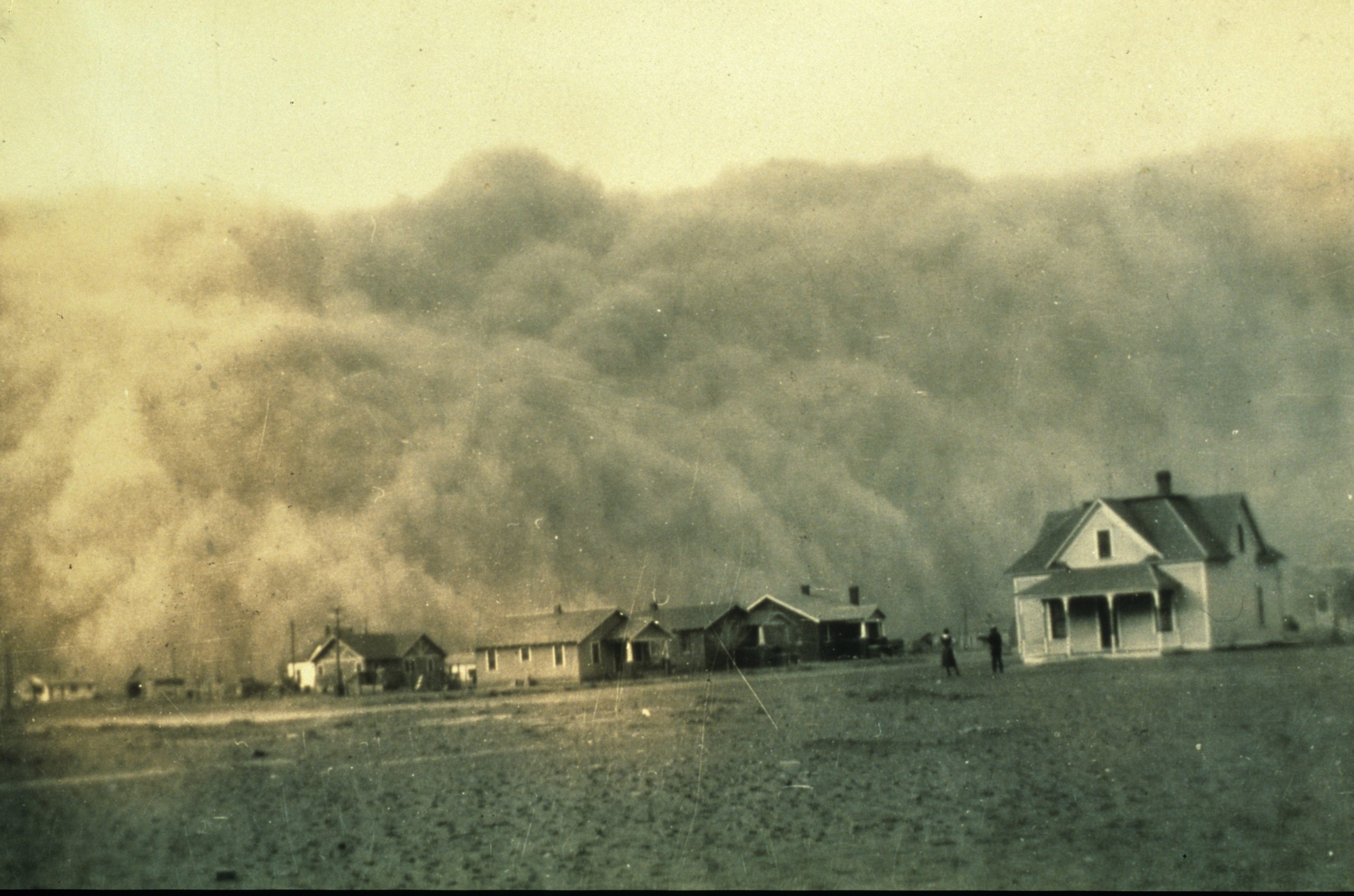
Today, October 7, Coast Survey celebrates the 245th anniversary of the birth of Ferdinand Rudolph Hassler, the Swiss immigrant whose plan to survey the U.S. coast was selected as the basis for the federal government’s first scientific foray, and who was to become the first superintendent of the U.S. Coast Survey. Hassler’s determination and uncompromising adherence to accuracy, precision, and scientific integrity during the decades-long struggle to establish the nation’s charting agency is a cornerstone of the NOAA of today.
Retired NOAA Captain Albert “Skip” Theberge, the noted NOAA historian, has written THE definitive paper on “The Hassler Legacy,” available online at the NOAA Library website. Theberge notes the formal biographical details, but then he goes beyond that, explaining how Hassler’s training and temperament contrasted with – and perhaps played into – the political machinations that resulted in a decades-long delay in the effort to create the young nation’s nautical charts.
Continue reading “Happy birthday to the man whose scientific integrity laid NOAA’s cornerstone”
NOAA library blows the dust off a photo of dust clouds
By Linda Joy, NOAA Communications and External Affairs
In April 1935, George Marsh, an unassuming engineer employed by the U.S. Coast and Geodetic Survey, took a photo in the course of his work during a Texas surveying mission. Not having Facebook or other social media tools at hand, he put the photo in an album and stored it away. He could not have known that many decades later, thanks to the NOAA Library and the Internet, his photo would eventually reach millions of people around the globe.
The now famous photo captured boiling dust clouds about to swallow a homestead during the Dust Bowl’s infamous Black Sunday storm.
Continue reading “NOAA library blows the dust off a photo of dust clouds”
NOAA Coast Survey director to escort caissons for USS Monitor sailors’ interment at Arlington
On Friday, March 8, a NOAA Corps admiral will have the honor of doing something extraordinary. Coast Survey’s director, Rear Admiral Gerd Glang, will be the NOAA Escort Flag Officer for the full honors funeral of two unknown sailors who went down with the Civil War ironclad USS Monitor in 1862. Rear Adm. Glang will join Rear Adm. Anthony Kurta, U.S. Navy, as the two officers escort the caissons during the somber event at Arlington National Cemetery.
The interment will be open to the public.

The Monitor sank southeast of Cape Hatteras, North Carolina, during a New Year’s Eve storm, carrying 16 crew members to their deaths.
The wreck was discovered in 1973, and confirmed in 1974 by John Newton and a team from Duke University. The ironclad was lying upside down with the turret separated from the hull, resting in 230 feet of water approximately 16 miles off Cape Hatteras. In the late 1990s through 2002, experts recovered iconic Monitor artifacts, which are now conserved at the Mariners’ Museum in Newport News, Virginia. Two skeletons were discovered in 2002 when the turret was raised from the seafloor, and efforts to identify the remains have been unsuccessful so far.
Continue reading “NOAA Coast Survey director to escort caissons for USS Monitor sailors’ interment at Arlington”

